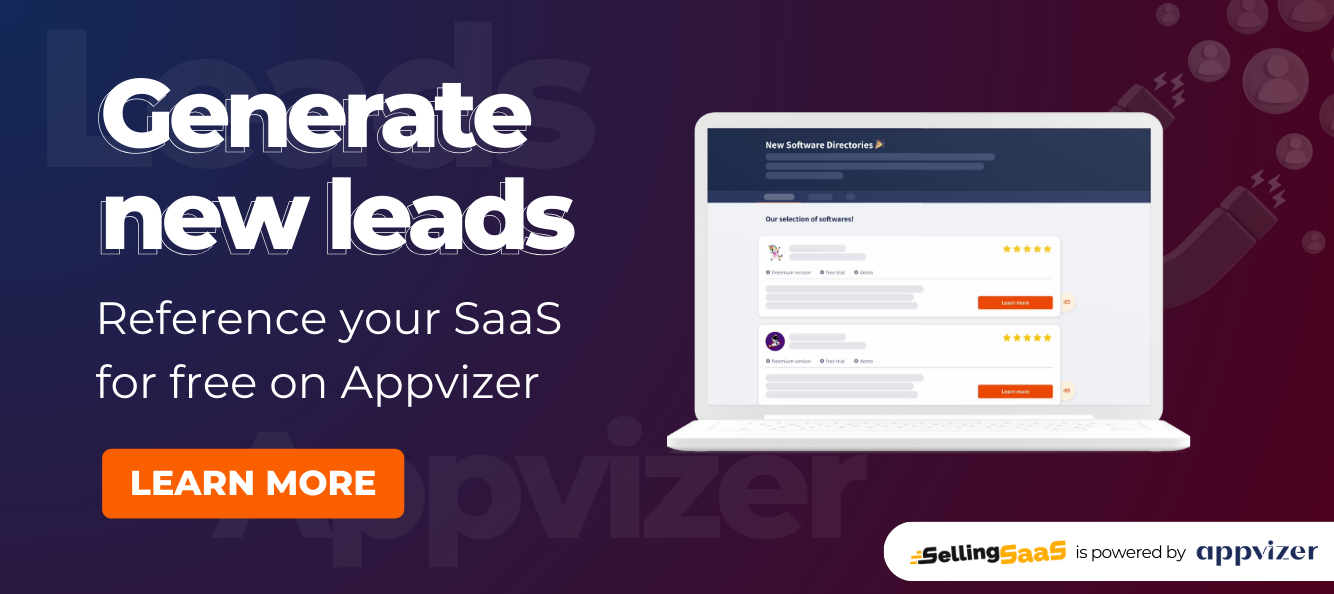As the SaaS landscape continues to expand, understanding and mitigating security risks becomes a pivotal aspect of maintaining a competitive edge. This section of the article focuses on identifying and managing security risks inherent in SaaS applications, offering detailed, actionable insights for entrepreneurs and executives.
I. Understanding SaaS Security Risks
a. Identifying Potential Security Risks in SaaS Applications
The first step in fortifying your SaaS application is to identify the potential security risks. These can range from software vulnerabilities to human error. Key actions to take include:
- Conducting Regular Security Audits: Engage with cybersecurity experts to perform comprehensive audits of your application. This helps in uncovering hidden vulnerabilities.
- Utilizing Threat Intelligence Platforms: Employ threat intelligence tools to stay updated on new types of cyber threats and apply this knowledge to safeguard your application.
b. Assessing the Level of Risk for Different Types of Data
Not all data is created equal. Understanding the sensitivity of different data types is crucial in prioritizing security efforts. Key actions include:
- Implement a Data Classification Scheme: Classify data into categories like ‘confidential’, ‘private’, and ‘public’. This will guide you in applying the appropriate security measures for each category.
- Risk Assessment for Data Types: Utilize tools like Risk Matrix to assess the potential impact and likelihood of threats to different data types.
c. Implementing Proper Security Controls and Governance
Effective governance forms the backbone of your security strategy. It involves setting up policies, controls, and procedures that govern how security is handled within your organization. Essential steps include:
- Developing a Comprehensive Security Policy: Create a policy document that outlines security protocols, employee responsibilities, and response plans.
- Implementing an Access Control Policy: Use the principle of least privilege, ensuring employees have access only to the data and resources necessary for their job.
- Regular Security Training for Employees: Conduct training sessions to keep your team aware of security best practices and the latest threats.
SaaS Security Best Practices: Solidifying Your Defense
The second crucial aspect of SaaS security revolves around the setup and configuration of the application. This segment provides a roadmap for entrepreneurs and executives to establish a secure foundation, configure robust access controls, and implement data encryption effectively.
II. Ensuring Secure SaaS Application Setup and Configuration
a. Establishing a Strong Foundation for Secure SaaS Application Setup
A secure foundation is the cornerstone of a resilient SaaS application. To establish this:
- Incorporate Security into the Development Lifecycle: Embed security practices into every stage of the software development life cycle (SDLC). This includes secure coding practices, code reviews, and integrating security testing tools.
- Utilize Security Frameworks and Standards: Implement frameworks like OWASP Top 10 to guide your security efforts. Also, adhere to industry standards such as ISO/IEC 27001 for information security management.
- Perform Vulnerability Assessment and Penetration Testing (VAPT): Regularly conduct VAPT to identify and address vulnerabilities before they can be exploited.
b. Configuring Access Controls and User Permissions Effectively
Properly managed access controls are essential for minimizing the risk of unauthorized access and data breaches.
- Implement Role-Based Access Control (RBAC): Define roles within your organization and assign permissions based on these roles. This ensures that employees have access only to the resources necessary for their job functions.
- Use Multi-Factor Authentication (MFA): Strengthen login security by implementing MFA. This adds an additional layer of protection against compromised credentials.
- Regular Audit of Access Controls: Periodically review and update access controls to ensure they remain effective and relevant.
c. Implementing Data Encryption and Secure Data Transit
Protecting data, both at rest and in transit, is a fundamental aspect of SaaS security.
- Encrypt Sensitive Data at Rest: Use strong encryption standards, like AES-256, to protect data stored in your databases and file systems.
- Secure Data Transit with SSL/TLS: Ensure that data transmitted over the internet is encrypted using SSL/TLS protocols. This is crucial for protecting data from interception during transit.
- Regularly Update Encryption Protocols: Stay updated with the latest encryption methods and update your protocols accordingly to defend against new threats.
By meticulously setting up and configuring your SaaS application, you create a robust security posture that can effectively shield against cyber threats. The next segment will guide you through the process of selecting and managing SaaS providers, ensuring that your external partnerships also align with your security standards. Remember, security is not just a feature; it’s a commitment to your customers and to the longevity of your business.
SaaS Security Best Practices: Partnering with the Right Providers
The third and final segment of our SaaS security guide focuses on the selection and management of SaaS providers. It’s critical for entrepreneurs and executives to ensure that their partnerships align with their security philosophy and standards. This section provides actionable steps for evaluating, selecting, and managing SaaS providers with an emphasis on security.
III. Best Practices for SaaS Provider Selection and Management
a. Evaluating the Security Posture of SaaS Providers
Choosing a SaaS provider with a strong security posture is fundamental. To evaluate this effectively:
- Review Security Certifications and Compliance Reports: Look for providers with recognized security certifications like ISO 27001, SOC 2 Type II, etc., and review their compliance reports.
- Analyze Provider’s Security Infrastructure and Practices: Evaluate the provider’s infrastructure security, including data centers, network security, and physical security measures.
- Assess Incident Response Capabilities: Understand the provider’s history and capabilities in dealing with security incidents. This includes their response time, communication protocols, and post-incident analysis.
b. Assessing the Provider’s Data Protection Measures and Compliance
Ensuring that your data is in safe hands is a critical aspect of the provider selection process.
- Understand Data Protection and Privacy Policies: Review the provider’s policies regarding data protection, privacy, and compliance with regulations like GDPR or HIPAA.
- Check Data Backup and Recovery Procedures: Ensure that the provider has robust data backup and disaster recovery plans in place.
- Evaluate Data Encryption Standards: Verify that the provider uses strong encryption standards for data at rest and in transit.
c. Establishing Clear Responsibilities and Procedures for Incident Response
Effective management of security incidents is a collaborative effort between you and your SaaS provider.
- Define Clear Responsibilities and SLAs: Establish clear roles and responsibilities for both parties in the event of a security incident, including service level agreements (SLAs).
- Establish Communication Protocols for Incident Response: Set up effective communication channels and protocols for timely and efficient response to security incidents.
- Regularly Review and Test Incident Response Plans: Conduct regular drills or simulations to test the effectiveness of your incident response plan and make necessary adjustments.
By thoroughly vetting SaaS providers and establishing robust management practices, you can ensure that your external partnerships bolster your overall security strategy. The integration of these best practices into your business operations will not only safeguard your data but also build trust with your customers and stakeholders. In the realm of SaaS, a proactive and comprehensive approach to security is a key driver of success and sustainability.


